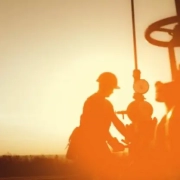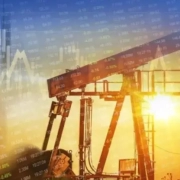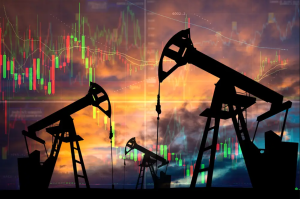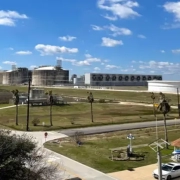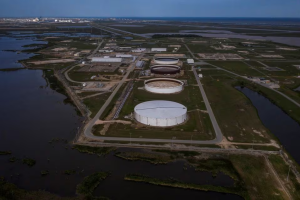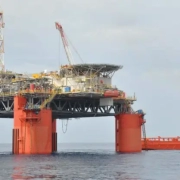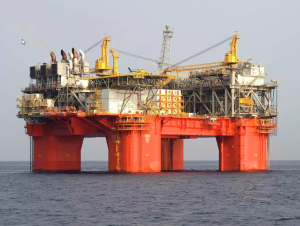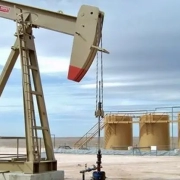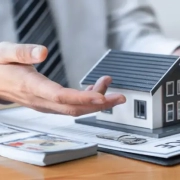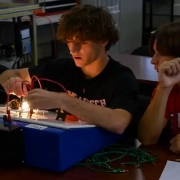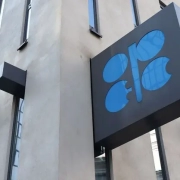DISCLAIMER: We are not financial advisors. The content on this website is for educational purposes only and merely cites our own personal opinions. In order to make the best financial decision that suits your own needs, you must conduct your own research and seek the advice of a licensed financial advisor if necessary. Know that all investments involve some form of risk and there is no guarantee that you will be successful in making, saving, or investing money; nor is there any guarantee that you won’t experience any loss when investing. Always remember to make smart decisions and do your own research!
Real estate investment is a well-recognized and time-tested avenue for wealth accumulation and financial security. In the world of real estate, various ownership structures exist, and one of the most common and straightforward forms is fee simple ownership. Fee simple ownership is often seen as the purest form of property ownership, offering both rights and responsibilities to the owner. In this comprehensive guide, we will explore the role of fee simple ownership in real estate investment, shedding light on its advantages, disadvantages, and key considerations for investors.
Real estate has always been considered a reliable and profitable asset class for investment. Among the various types of real estate ownership, fee simple ownership stands out as a common and well-understood structure. Fee simple ownership, also known as freehold ownership, provides investors with full ownership rights and responsibilities over the property. Understanding the role of fee simple ownership in real estate investment is crucial for individuals seeking to build wealth, establish a legacy, or diversify their investment portfolio.
Understanding Fee Simple Ownership
It represents the highest form of property ownership recognized by law. When you own property in fee simple, you have complete and absolute ownership of both the land and any improvements on it. The rights associated with fee simple ownership include:
- The Right to Possess: You can occupy and use the property as you see fit, subject to local zoning laws and regulations.
- The Right to Enjoy: You can enjoy all the benefits and income generated from the property.
- The Right to Dispose: You have the power to sell, lease, or transfer the property to others, whether through a sale, gift, or inheritance.
This type of ownership is perpetual, meaning it continues indefinitely and can be passed down to heirs through inheritance. The property can also be freely sold or transferred in its entirety.
The Advantages
Fee simple ownership offers several advantages for real estate investors. Understanding these benefits can help investors make informed decisions and maximize the potential of their investments.
Absolute Ownership and Control
Fee simple ownership provides the investor with full control over the property. This level of control allows for various uses, from residential to commercial, and the ability to make decisions regarding maintenance, development, and financing without restrictions from others.
Equity Accumulation
Real estate is known for its ability to build equity over time. As the owner of a fee simple property, you benefit from any increase in property value. Over the years, this equity accumulation can provide significant financial benefits.
Inheritance and Legacy Planning
Fee simple ownership allows you to plan for the future by passing down your property to heirs, creating a lasting legacy. This property can serve as a valuable asset for future generations, potentially generating income and supporting their financial security.
Investment Potential
Real estate held in fee simple ownership can be a solid investment. You can generate rental income from residential or commercial properties, benefit from property appreciation, and diversify your investment portfolio.
Challenges and Disadvantages
While fee simple ownership offers many advantages, it is essential to be aware of the potential challenges and disadvantages:
High Upfront Costs
Acquiring property through fee simple ownership typically involves a substantial upfront investment. These costs may include the purchase price, closing costs, property taxes, and maintenance expenses. High upfront costs can be a barrier for some investors.
Property Maintenance and Management
As the sole owner of the property, you are responsible for its maintenance and management. This includes routine upkeep, repairs, and addressing any tenant-related issues. Effective property management requires time, effort, and potentially additional expenses.
Market Risks and Volatility
Real estate markets can experience fluctuations and volatility. Economic, demographic, and market factors can impact property values and rental income. Investors in fee simple ownership may need to navigate these market dynamics.
Key Considerations for Real Estate Investors
When considering fee simple ownership as an investment, several key factors need to be taken into account:
Property Selection
Selecting the right property is critical. Consider factors such as location, property type (residential, commercial, industrial), and the potential for income generation. Market research and property analysis are essential steps in the selection process.
Financing Options
Explore financing options that align with your investment goals. Consider traditional mortgages, commercial loans, or alternative financing methods. Calculate the costs and potential returns associated with each option.
Legal and Tax Implications
Fee simple ownership involves legal and tax considerations. Consult with legal and financial experts to ensure that your investment complies with local laws and regulations and to optimize your tax position.
Market Analysis
Stay informed about the local real estate market. Monitor trends, rental rates, and property values. Market analysis can help you make informed decisions regarding property acquisition, management, and potential sales.

Fee simple ownership in real estate investment provides investors with a straightforward and flexible ownership structure. It grants absolute control, offers the potential for equity accumulation, supports inheritance planning, and presents opportunities for income generation. However, it also comes with challenges, such as high upfront costs, property management responsibilities, and market risks.
Investors interested in fee simple ownership should conduct thorough research, carefully select properties, explore financing options, and seek legal and financial advice. By making informed decisions and actively managing their investments, real estate investors can harness the advantages of fee simple ownership and create a pathway to financial growth and security. Real estate remains a cornerstone of wealth building, and fee simple ownership is a key tool in achieving financial goals through property investment.
If you have further questions related to the topic, feel free to reach out to us here.



